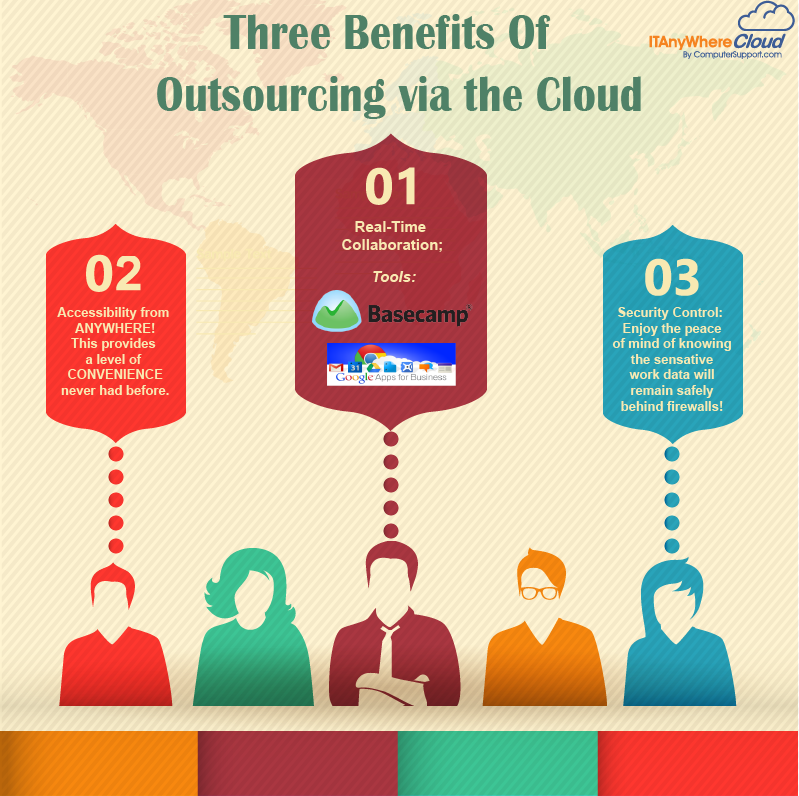Solving Your Cloud Conversion Confusion
From CIOs to CFOs, there’s one question on the minds of most of them when tasked with whether or not they should migrate their networks to the cloud. The biggest struggle? Cost. No doubt, if you’re reading this post, the topic of cloud computing in your company is probably on your mind. If you’re read the news lately, you know it’s difficult to ignore the prevalence of cloud advertising. But is the move a smart one that can save your company money?
In this post, we’ll outline different aspects of the cloud to consider when trying to assess whether to make the move or stick with your current infrastructure. First, you need to understand the technology. For example, many different types of cloud services exist.
Public clouds are obviously accessible by anyone. They can provide workload applications to your users such as email or provide communications for your staff collaborating on multi-user projects.
Private cloud environments are typically best for companies looking to centralize their networks while also keeping out unauthorized users. On-premises clouds are hosted at your location and exist behind your firewalls for enhanced security. Off-site environments still offer you security and privacy but are hosted by a third-party offsite providers.
Another form called hybrid offers a combination of private and public environments. Often companies that provide services to customers yet need to maintain parts of their network on a more secure system choose a hybrid formation.
Infrastructure as a Service (IaaS) usually provides the lowest overall cost. But what does it do? Think of IaaS as an outsourced provider which host your hardware and software offsite. They also offer server storage and other components necessary for your users to perform their daily work.
The benefit of using an IaaS platform is it’s highly scalable. Thus, as your organization and resource demand grows, so does your IaaS plan. Most IaaS plans offer you a per-user rate which often is by the hour, week and even in some instances by the month. Essentially, it’s a pure pay-as-you-go service so there’s no worry of capital expenditures other than your service fee.
Two providers we use for many of our IaaS clients is Azure and Amazon Web Services (AWS).
Another type of cloud exists called Software as a Service (Saas). In this structure, your company uses software products from a provider rather than going the traditional route of buying one software license per machine.
SaaS is ideal for organizations with many users that need to use identical versions of a software product. Think global when you consider SaaS as it provides your company with the power to update your user software versions as well as manage updates for your entire network. SaaS offers full services over the Internet while putting maintenance and update management in the hands of the vendor providing your company SaaS.
Cloud confusion can be difficult if your company officers aren’t fully aware of the technology demand your organization needs on a daily basis. You should first pinpoint your requirements by evaluating your resources.


